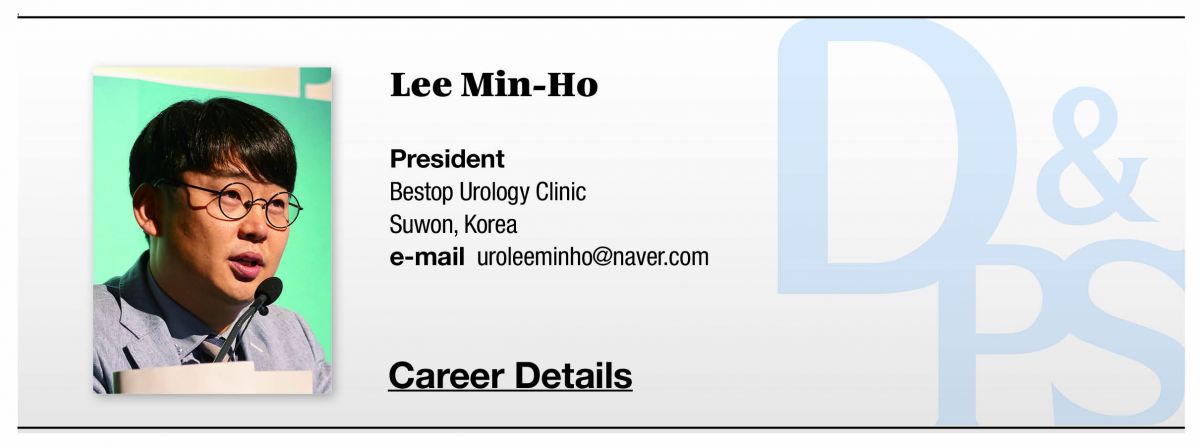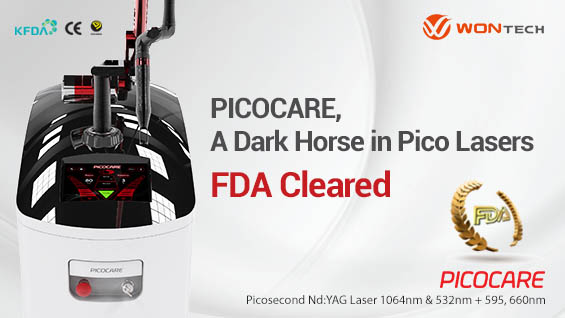
▶ Previous Artlcle: Combination Treatment with Long-pulsed 755‧1064 Laser and Pico 1064‧532 Laser Ⅳ
Preferred Methods May Vary, Depending on Pigments
When you approach the congenital nevomelanocyte nevus, it would be better to imagine a large and deep shape of compound nevus. I cut it up to the papillary dermis, using the Er:YAG Laser.
I cut off the epidermis and upper dermis a little bit and make a deep hole from the center of hair follicle because the nevocyte is deep around the hair follicle. Moreover, lasers with high absorbance, such as Long-pulsed 755nm Laser or Q-switched 532nm, etc., are added. Repeated procedures, like this, can help improve congenital birthmarks significantly. Freckle can be treated well by any method. However, treatment is not easy due to frequent relapse. As the pigmentation is concentrated in the area above basal layer, it can be easily peeled off through minimal irradiation with 755nm Long-pulsed Laser and Pulse Duration 0.3ms.
There are different ways to treat pigments, but personally, I rarely use the Q-switched lasers.
[Advertisement] PICOCARE - Manufacturer: WONTECH(www.wtlaser.com)]
I use the Long-pulsed Laser to adjust the energy at 0.3ms. If I think that it is inadequate, I sometimes perform additional procedure with the IPL on the very day.
Meanwhile, what looks flat can be considered as lentigines. If it is papule, it is SK(Seborrheric Keratosis). It is important to differentiate between papule and macule. Relapses also occur frequently. As the elongated rete ridges fall downward over time, they can recur within 2 to 3 years due to the elongated rete ridge that remains below even after they were cut. So, you should always explain that to patients before starting the procedures. In most cases, they are cut by using the Er:YAG Laser.
Lentigines can be burned with a Long-pulsed Laser, broken with a Q-switched laser, or cut with an Er:YAG laser. You should always explain to patients about the possibility of relapse and occurrence of PIH when it comes to the treatment of lentigines, although it may be the same case with all pigments. In about 6 months, good results can be obtained, no matter what method has been used. The treatment itself is not difficult, but it is challenging to cure the residuals after treatment with a Q-switched Laser or a Long-pulsed Laser.
So, I usually cut them. As the patients tend to accept the ablation itself, there has been few complaints from patients. I also cut off the SK. I give full explanation to patients that PIH will occur and ask them to see the results 6 months later. The method may vary slightly, depending on the inclination of the person who performs the procedures.
-To be continued




















